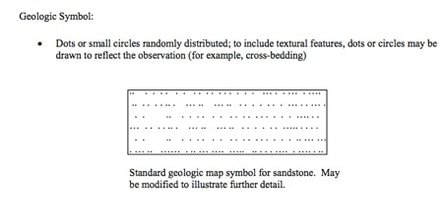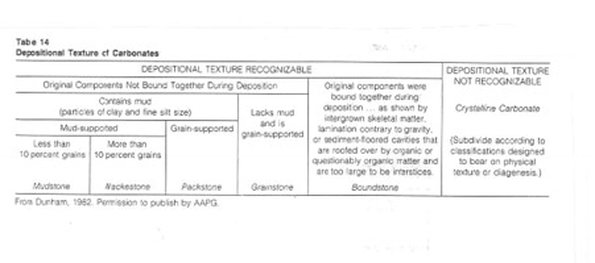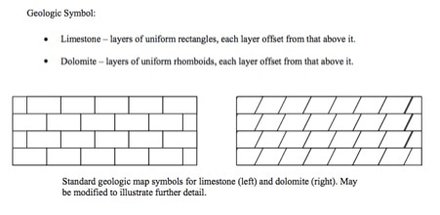Reservoir rock: A permeable subsurface rock that contains petroleum. Must be both porous and permeable. Reservoir rocks are dominantly sedimentary (sandstones and carbonates); however, highly fractured igneous and metamorphic rocks have been known to produce hydrocarbons, albeit on a much smaller scale The three sedimentary rock types most frequently encountered in oil fields are shales, sandstones, and carbonates Each of these rock types has a characteristic composition and texture that is a direct result of depositional environment and post-depositional (diagenetic) processes (i.e., cementation, etc.) |
Source rock: A sedimentary rock in which petroleum forms. They are widely agreed to be sedimentary rocks. The RESERVOIR ROCK is the container of oil and gas underground |
Understanding reservoir rock properties and their associated characteristics is crucial in developing a prospect
Find out more about:
Find out more about:
SHALES
Shales are able to be Source rocks and Seals
Description |
Shales are dark-brown to black or dark gray in color with smooth lateral surfaces (normal to depositional direction) |
Properties |
Composed of clay and silt-sized particles Can be excellent seals because of its low permeability Can be main source of hydrocarbons if its original composition has rich organic components |
Place |
Deposited on river floodplains, deep oceans, lakes or lagoons |
SANDSTONES
Can be sandstone reservoirs
Description |
Composed of sand-sized particles Typically light beige to tan in color, can also be dark brown to rusty red |
Properties |
Sandstone porosity is between 10-30% Intergranular porosity is largely determined by sorting (primary porosity) |
Place |
Sandstones are deposited in a number of different environments. These can include deserts (e.g., wind-blown sands, i.e., eolian), stream valleys (e.g., alluvial/fluvial), and coastal/transitional environments (e.g., beach sands, barrier islands, deltas, turbidites) |
CARBONATES
Can be Carbonates reservoirs
Description |
Grains/clasts are the skeletal or shell remains varying in size and shape These clasts can be used to identify the age of the reservoir using the method as indicating fossil’s age Usually light or dark gray, abundant fossil molds and casts, vuggy porosity |
Properties |
Porosity is largely a result from dissolution and fracturing(secondary porosity) Carbonates such as coquina are nearly 100% fossil fragments Susceptible to dissolution weathering |
Place |
Shallow marine depositional environments (lagoons, etc.) |
Classification |
Dolomites(calcium magnesium carbonate CaMg(Co3)2) Limestones (Mudstones, Wackestones,Packstones, Grainstones, and Boundstones) |




